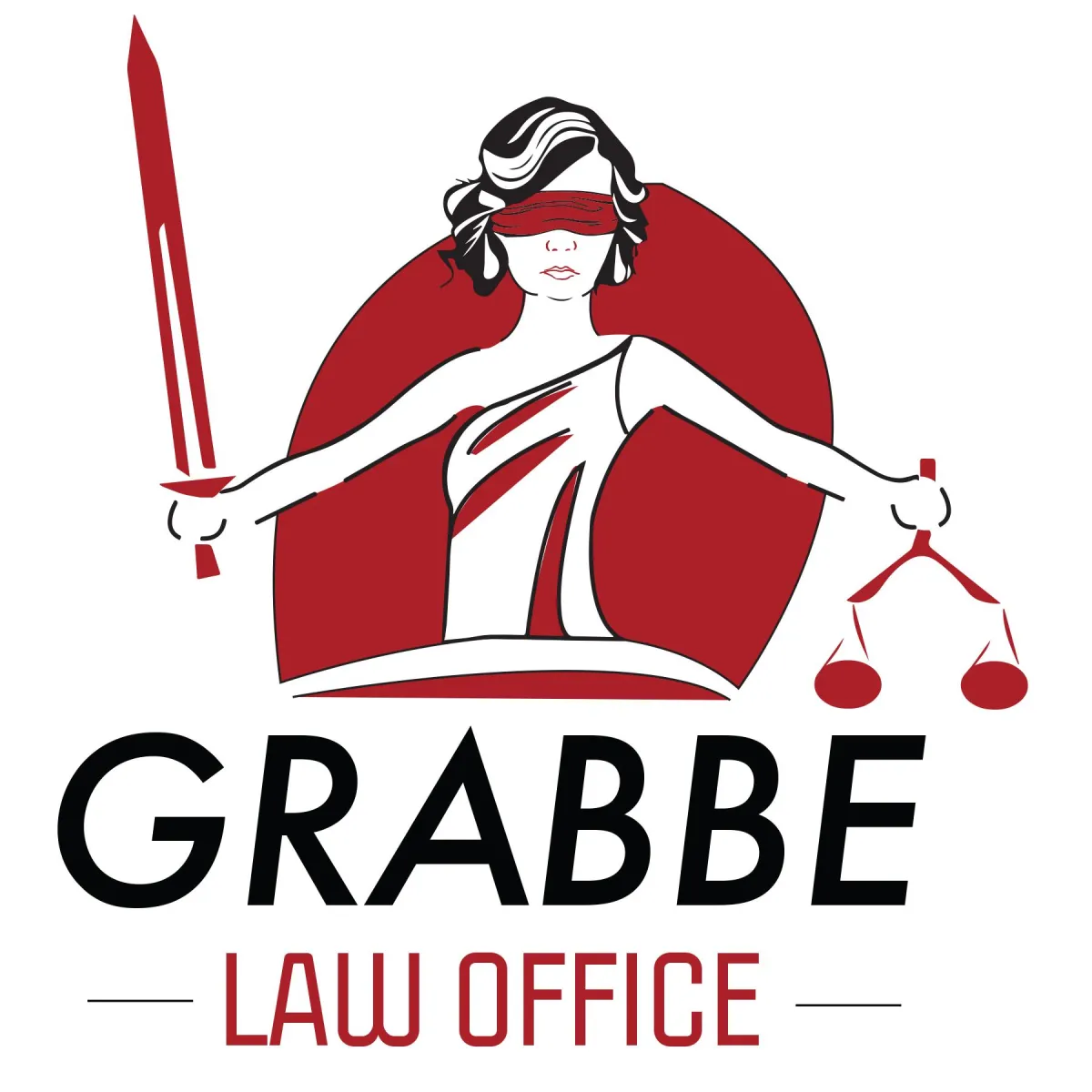Welcome to the Blog!

Understanding the Trademark Examination Process at the USPTO
Understanding The Trademark Examination Process At The USPTO
Registered trademarks provide businesses with protection for their brand names, logos, slogans, and soundbites. All of these are all source identifiers. They enable consumers to connect products and services to a particular business. To register a trademark, it is necessary to file an application with the United States Patent and Trademark Office (USPTO). A trademark attorney can provide valuable support to business owners as they navigate the complexities of the trademark examination process. Call Grabbe Law Office at (785) 621-4711, or book your free 15-minute consultation online.
How Long Does Trademark Examination Take?
The trademark examination process tends to take a little over a year. The USPTO has reported a pendency for Q1 of 2023 of 14.3 months, with first action taking 8.4 months. Over the past few years, more people have been making filings, but the number of examiners remains limited, which has led the process to take longer—just over a year ago, the pendency was just under 12 months, and it has been steadily increasing.
Several factors can influence how long the examination process takes for a particular trademark application. These include:
· The quality of the application
· The complexity of the trademark
· Issues with the application
· How quickly the applicant responds to office action
Contact Grabbe Law Office for information about how you can improve your own application to make the process as smooth as possible.
How Does the Trademark Examination Process Work?
There are several stages to submitting and receiving approval for a trademark.
1. Prior to Application
Before filing any paperwork, it is important to conduct thorough background research to determine whether any trademark with a similar design, wording, or sound may already in existence. Once the applicant has ascertained that this is not the case, it is necessary to identify which goods and services the trademark will apply to. Finally, applicants need to determine their basis for filing. There are four options:
· Use in commerce
· Intent to use
· Foreign registration
· Foreign application
The USPTO provides detailed information about each filing basis to help applicants select the most appropriate choice.
2. Submission of Application
The only way to file an application with the USPTO is through the Trademark Electronic Application System (TEAS). This involves an initial application fee of either $250 for TEAS Plus or $350 for TEAS Standard.
There are advantages to submitting an application as soon as possible because successful applicants receive retroactive trademark protection, dating back to their date of submission.
3. Processing of Application
The designated USPTO examiner will compare the submitted marks to ones already registered and consider whether the mark has more points of difference than it has points of similarity in terms of appearance, connotation, and sound with any of those already approved and active trademarks. At times, there may be a single element that is similar rather than the whole mark. The examiner will also consider whether any similarities identified during this process are likely to lead to confusion. Generally, the possibility of this kind of confusion is understood to be higher if the goods or services from the two companies are also related.
4. Approval or Rejection of Trademark Application
The final stage of the trademark examination process is either approval or rejection of the trademark.
Approval and Registration
Approval means the USPTO will formally publish the trademark in its Official Gazette. However, the process does not quite end here: Third parties have 30 days from the date of publication to oppose the trademark. Any opposition means an official administrative proceeding occurs with the Trademark Trial and Appeal Board (TTAB).
If there is no opposition, however, the USPTO will issue either a registration certificate (for marks filed on a use-in-commerce basis) or a notice of allowance (for marks filed on an intent-to-use basis).
Rejection and Appeal
If the examiner finds any areas of concern, the trademark will not be rejected outright. Instead, the applicant will receive an official letter (called an office action) detailing the reason for the refusal. The applicant has six months to send a response to resolve the office action. If the response fails to overcome the objections, the applicant will receive a final office action, which means the mark is not approved.
Rejections can be appealed through the TTAB, but the appeal process can be expensive and there is no guarantee it will lead to approval.
What Do Trademark Examiners Look For?
Trademark examiners only approve applications for marks that are registrable and legally protectable. For a mark to be registrable, the business must be using it in commerce. Whether a mark is protectable is more subjective. The four categories of uniqueness indicate how protectable the mark is.
Ineligible Marks
There are two types of marks the USPTO does not recognize as eligible for trademark registration or protection. These two closely related types are generic marks and descriptive marks.
Generic
Generic marks state exactly what the product is and are not at all distinctive. Marks of this type are not eligible for trademark protection.
Descriptive
Sometimes business owners may be tempted to use a descriptive mark because these marks make it immediately obvious to the consumer what the business is selling. However, a successful application will require providing proof that customers recognize the mark as belonging to the business and not to a category of products in general. The USPTO excludes from trademark registration eligibility marks that merely describe the product or service.
Eligible Marks
The USPTO recognizes three types of marks as eligible for trademark registration and protection. These marks are categorized as suggestive marks, arbitrary marks, and fanciful marks.
Suggestive
A mark in the suggestive category only hints at what a business is selling. The oblique relationship between the mark and the goods or services means that marks of this type are relatively unlikely to be similar to a mark already in use for a similar product or service.
Arbitrary
Arbitrary trademarks are real words or images that have no inherent link to the type of products or services being sold. A coffee company logo that contains neither the word coffee nor an image of (prepared or growing) coffee could be an example of this type of mark.
Fanciful
Fanciful marks are the most protectable of all marks because they have no direct relation to the goods or services they are connected to. In some cases, they are made up words.
How Do You Know When Your Trademark Is Approved?
Applicants can check the status of their application to see whether it has been approved by using the Trademark Status and Document Retrieval (TSDR) from the USPTO. To accurately locate the appropriate records, an applicant will need to provide the serial number they received with their filing receipt. Applicants can also use the TSDR to check if they have any upcoming deadlines for submitting additional information, for instance in response to an office action. New applications typically take around four to five days to appear in the system, although it can take as long as 80 days when there is a surge in filings.
Discuss Your Trademark Application With an Attorney
The lengthy trademark examination process means it is extremely important to ensure there are no mistakes in an application. Applicants may also benefit from legal support if issues arise or the USPTO requests additional information during the application process. Schedule a free 15-minute consultation to discuss your intellectual property needs with Grabbe Law Office by calling (785) 621-177 or by using our online form.








